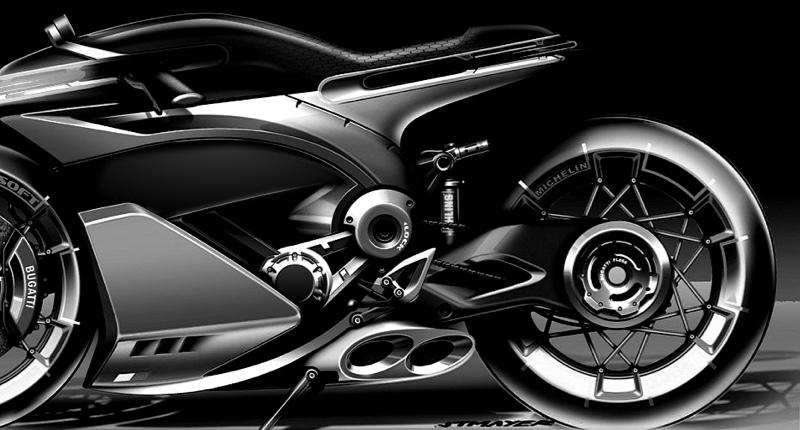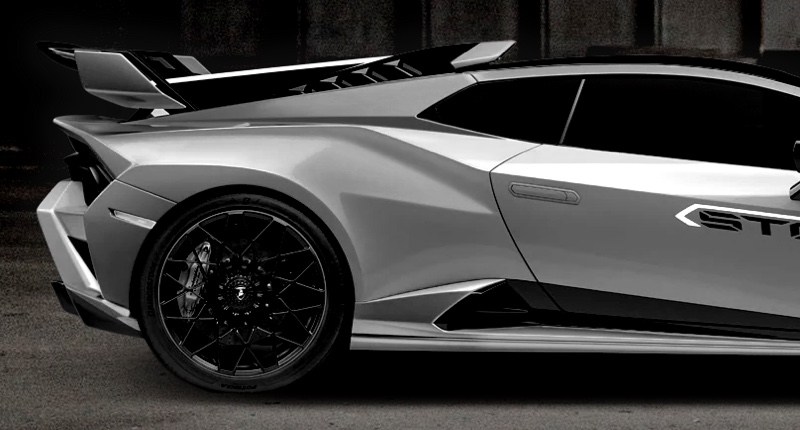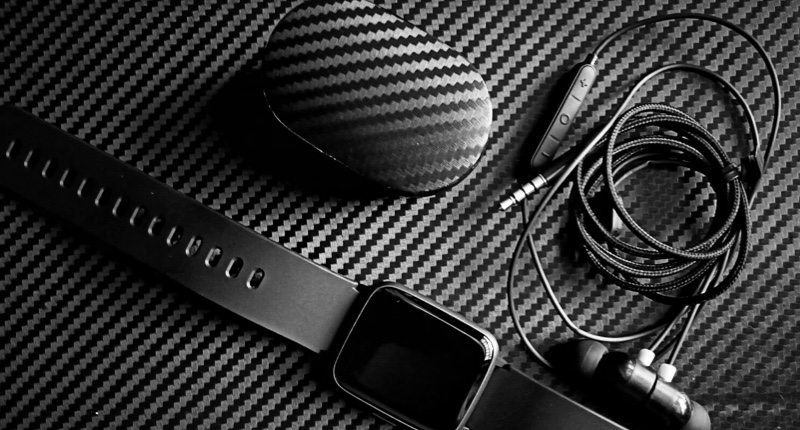Carbon Fiber Helmet Buying Guide: What to Know
- Carbon Fiber Helmet Buying Guide: What to Know
- Why choose a carbon fiber helmet?
- Safety standards and certification for a carbon fiber helmet
- Construction and materials: what makes a carbon fiber helmet different
- Weight, comfort, and fit: choosing the right carbon fiber helmet
- Ventilation, aerodynamics, and noise — real-world considerations
- Visor, optics, and anti-fog options for carbon fiber helmets
- Price, value, and lifespan of a carbon fiber helmet
- Care, maintenance, and repair of carbon fiber helmets
- How to choose the right carbon fiber helmet for motorcycles and racing
- Custom carbon fiber helmet options and considerations
- Supreem Carbon — who we are and how we help with carbon fiber helmet parts
- Price vs. performance: making the final purchasing decision
- FAQ — Frequently Asked Questions about Carbon Fiber Helmet
- Are carbon fiber helmets safer than fiberglass or polycarbonate?
- How long does a carbon fiber helmet last?
- Can I repair a cracked carbon fiber helmet?
- Do carbon fiber helmets get hotter inside?
- Is a visible carbon weave stronger than a painted carbon helmet?
- Contact and next steps — see products or request custom parts
- Sources and references
Carbon Fiber Helmet Buying Guide: What to Know
Why choose a carbon fiber helmet?
If you're searching for a carbon fiber helmet, you're likely prioritizing a combination of low weight, strong impact-resistance, and High Quality aesthetics. Carbon fiber helmets often deliver a high strength-to-weight ratio, enabling manufacturers to produce thinner shells with the same or better protective performance than heavier materials. That translates to less neck fatigue on long rides and a more responsive feeling at high speeds. Beyond performance, many riders choose carbon fiber for its distinctive woven appearance and High Quality positioning in the market.
Safety standards and certification for a carbon fiber helmet
Safety is the primary reason to buy a helmet — material choice is secondary to certification. When evaluating any carbon fiber helmet, verify which safety standards the helmet meets. The common certifications are:
- DOT (FMVSS 218) — United States federal minimum standard for helmets.
- ECE 22.06 (or 22.05) — Widely recognized in Europe and many other countries; ECE 22.06 is the latest standard with more rigorous testing.
- Snell M2020/M2015 — Voluntary, more stringent lab-based standard used by racers and some enthusiasts.
Always choose a carbon fiber helmet that carries the certification required or advised for your riding location and use. A certified carbon fiber helmet means the manufacturer designed and validated the liner, shell, retention system, and visor as a complete protective system — not just the shell material alone.
Construction and materials: what makes a carbon fiber helmet different
A carbon fiber helmet typically uses multiple layers of carbon fiber fabric (woven or unidirectional) combined with epoxy or other resin systems to form the shell. There are two common approaches:
- Full carbon fiber shell: Most High Quality helmets use predominantly carbon fiber for maximum weight savings and stiffness.
- Carbon composite shell: Carbon fiber is blended with fiberglass, aramid (Kevlar), or other composites to balance cost, impact performance, and manufacturing ease.
Quality differences matter: High Quality carbon fiber parts often use higher-grade fiber (e.g., 3K, 12K weaves), precision molding, vacuum-bagging or autoclave techniques, and controlled resin content. Lower-cost carbon helmets may be manufactured with less rigorous processes and sometimes use cosmetic carbon overlays rather than structural carbon — always check technical details and certifications.
Weight, comfort, and fit: choosing the right carbon fiber helmet
One of the main selling points of a carbon fiber helmet is lower weight. Typical full-face helmet weights (approximate ranges) are:
| Shell Material | Typical Full-Face Weight Range (grams) | Best For |
|---|---|---|
| Carbon Fiber | 1,050 – 1,350 g | Long-distance touring, sport riding, racers seeking low weight |
| Fiberglass Composite | 1,200 – 1,500 g | Balanced performance and cost |
| Polycarbonate / Thermoplastic | 1,300 – 1,700 g | Budget helmets, general commuting |
| Aramid / Kevlar Composite | 1,150 – 1,400 g | High-impact strength, used in some high-end helmets |
Source: Manufacturer specifications and industry averages compiled from helmet test reports and trade publications (see sources at end).
A lighter carbon fiber helmet can be more comfortable on long rides, and it reduces neck strain under braking and at high speeds. However, fit is equally — if not more — important than weight. A helmet that fits your head shape snugly and evenly distributes pressure will perform better in a crash and be more comfortable. Always try a helmet on with your riding gear (glasses, neck tube) if possible and follow the manufacturer’s sizing chart.
Ventilation, aerodynamics, and noise — real-world considerations
Modern carbon fiber helmets often incorporate advanced ventilation channels, wind-tunnel-tested aerodynamics, and noise-reduction features. When comparing models, check:
- Number and placement of intake and exhaust vents (top, chin, rear).
- Internal ducting efficiency — does the airflow reach the forehead and top of the head?
- Aerodynamic features such as spoilers and rear flaps to reduce lift and buffeting at speed.
- Noise mitigation measures like thicker cheek pads, wind seals around the visor, and optimized shell contours.
If you ride long distances or at high speeds, test-ride or read detailed reviews that measure noise (dB) and drag. Some helmets trade off ventilation for quieter cabins; choose the balance that matches your typical riding conditions.
Visor, optics, and anti-fog options for carbon fiber helmets
The visor (face shield) is crucial for clarity and safety. Look for:
- Optically correct, scratch-resistant visor materials with anti-scratch hard coatings.
- Pinlock-ready or included anti-fog inserts for cold or humid conditions.
- UV protection and tear-off compatibility for track use.
- Quick-release visor mechanisms for tool-free replacement or cleaning.
Good optics reduce eye strain and improve reaction times. If you wear prescription glasses, ensure the helmet accommodates them comfortably without creating pressure points.
Price, value, and lifespan of a carbon fiber helmet
Carbon fiber helmets generally sit in the mid-to-high price segment due to material and manufacturing costs. Expect pricing tiers roughly as follows:
- Entry-level carbon composite helmets: $250–$400 — often blended carbon with other fibers.
- Mid-range carbon fiber helmets: $400–$800 — better shells, quality liners, some advanced features.
- High Quality carbon fiber helmets: $800+ — race-grade construction, top-shelf materials, advanced manufacturing.
Value depends on how well the helmet meets your needs: certified safety, fit, weight, ventilation, and features like integrated communication compatibility. Helmets should be replaced after any significant impact, after 3–7 years depending on manufacturer recommendations, or earlier if padding and retention systems degrade.
Care, maintenance, and repair of carbon fiber helmets
Carbon fiber shells are durable, but they still require care:
- Clean with mild soap and a soft cloth; avoid strong solvents that damage resin or paint.
- Inspect for cracks or delamination after any drop — even if the helmet looks okay externally, internal damage can compromise protection and means replacement is often necessary.
- Replace visors and internal liners per manufacturer guidance. Many liners are removable and washable.
- Minor cosmetic scratches can be polished or protected with clear coatings, but structural repairs should only be done by certified specialists; in many cases replacement is safer and recommended.
Keep manufacturer documentation for warranty and replacement part guidance.
How to choose the right carbon fiber helmet for motorcycles and racing
Choosing the right carbon fiber motorcycle helmet depends on your primary use:
- Commuting/urban use: prioritize ventilation, visibility, and budget-friendly certified models.
- Touring: focus on long-term comfort, low weight, quietness, and sun/visors for long days.
- Sport riding/track: choose race-approved helmets with aerodynamic spoilers, excellent retention, and Snell or FIM homologation where required.
For racing, always check event requirements — some organizers require Snell or FIM-certified helmets. If you use Bluetooth comms, confirm that the helmet has space for speakers and compatible cheek pad configurations.
Custom carbon fiber helmet options and considerations
Custom carbon fiber helmets let you get unique finishes, tailored fit, or integrated parts. Common customizations include:
- Custom shell shapes or sizes for non-standard head shapes.
- Custom paint, clear coats, or visible-weave carbon finishes.
- Integrated aerodynamic elements or bespoke venting schemes.
- Custom linings, cheek pads, and communication pockets.
When commissioning a custom carbon fiber helmet or shell, verify that the final product retains required certifications. Customization can be cosmetic only (post-certified) or structural (requires re-testing). Work with reputable manufacturers who can demonstrate testing and quality control.
Supreem Carbon — who we are and how we help with carbon fiber helmet parts
Supreem Carbon, established in 2017, is a customized manufacturer of carbon fiber parts for automobiles and motorcycles, integrating R&D, design, production, and sales to deliver high-quality products and services. We specialize in the technology research and development of carbon fiber composite products and the production of related items. Our main offerings include the customization and modification of carbon fiber accessories for vehicles, as well as the manufacturing of carbon fiber luggage and sports equipment.
Our factory spans approximately 4,500 square meters and employs 45 skilled production and technical staff, achieving an annual output value of around 4 million dollars. Currently, we offer over 1,000 types of products, including more than 500 customized carbon fiber parts. Our vision is to become the world's leading carbon fiber products manufacturer. Visit us at https://www.supreemcarbon.com/.
Why consider Supreem Carbon when exploring custom carbon fiber helmet components or accessories?
- Integrated R&D and production: Quick iteration cycles mean tailored solutions without sacrificing quality.
- Manufacturing capacity and experience: A broad product catalog and thousands of parts produced deliver proven process control.
- Customization expertise: From cosmetic visible-weave finishes to structural components compatible with helmet systems, Supreem Carbon supports bespoke requests.
- Industry focus: We specialize in carbon fiber motorcycle parts, carbon fiber automobile parts, and customized carbon fiber parts, bringing domain expertise to helmet-related applications.
Whether you want a custom shell, decorative overlays, or carbon fiber helmet accessories, Supreem Carbon can collaborate on design, prototyping, and small batch production while maintaining quality standards.
Price vs. performance: making the final purchasing decision
When deciding whether to invest in a carbon fiber helmet, weigh the benefits against cost and intended use. If low weight, High Quality finish, and potential performance advantages matter to you (long-distance comfort, racing, or high-speed stability), a carbon fiber helmet often justifies the High Quality. For casual urban riders or budget-conscious buyers, modern polycarbonate or fiberglass helmets can offer excellent performance at lower cost.
Always test for fit and comfort, verify certification, and prioritize protective features over cosmetic appeal. If you're customizing or seeking aftermarket carbon parts for helmets, partner with experienced manufacturers like Supreem Carbon to ensure components meet safety and compatibility requirements.
FAQ — Frequently Asked Questions about Carbon Fiber Helmet
Are carbon fiber helmets safer than fiberglass or polycarbonate?
Safety depends more on design, certification, and energy-management liner systems than the shell material alone. Carbon fiber shells can be lighter and very stiff, which can be beneficial if paired with an appropriate energy-absorbing liner. Always choose a certified helmet and prioritize fit and full-system design.
How long does a carbon fiber helmet last?
Manufacturers typically recommend replacing helmets every 3–7 years, depending on usage, exposure to sunlight, and wear to the internal components. Replace immediately after any significant impact.
Can I repair a cracked carbon fiber helmet?
Minor cosmetic surface damage may be repairable, but cracks or delamination that affect structural integrity generally mean the helmet must be replaced for safety reasons. Always consult the manufacturer; many will void warranties if unauthorized repairs are made.
Do carbon fiber helmets get hotter inside?
Heat buildup depends on ventilation design more than shell material. A well-ventilated carbon fiber helmet will stay as cool or cooler than equivalent models. Consider venting and liner materials when buying for hot climates.
Is a visible carbon weave stronger than a painted carbon helmet?
Visible weave is primarily cosmetic. What matters is how the fibers are arranged, the resin system, fiber quality, and manufacturing process. A painted carbon helmet can be structurally identical to a visible-weave model if made using the same construction methods.
Contact and next steps — see products or request custom parts
If you're ready to explore carbon fiber helmets or need custom carbon fiber components for helmets and motorcycle parts, Supreem Carbon can help from concept through production. View our product range or contact our sales team for custom inquiries and quotes: https://www.supreemcarbon.com/.
Sources and references
- U.S. Department of Transportation — FMVSS 218 (DOT) helmet standard.
- ECE Regulation 22.06 — Economic Commission for Europe helmet standard documentation.
- Snell Memorial Foundation — Helmet certification criteria (M2020/M2015/FIM standards references).
- Industry helmet test reports and manufacturer specifications — Motorcyclist Magazine, Rider Magazine, Consumer Reports (helmet reviews and weight data).
- Supreem Carbon company information (manufacturer-provided background and product focus).
Custom jalisco carbon fiber Manufacturers and Suppliers
Enhance Your BMW with Carbon Fiber Interior Parts - Supreem Carbon
Custom best carbon fiber motorcycle parts Manufacturers and suppliers

The Ultimate Guide to Forged Carbon Fiber Motorcycle Parts
For Products
What is main products for factory?
Supreem carbon mainly produce carbon fiber custom products for automobile and motorcycle accessaries, including the design, develop and manufacturing of appearance parts, interior parts, functional parts, etc. Other carbon fiber custom goods also can produce for you.
Are you parts have UV protected?
Absolutely! We use multiple layers of premium quality automotive clear (or matt) coats on our products, which ensure that they will remain super pretty for years to come.
For Customized Service
How long does the customized products order take?
This depends on the complexity and mold production cycle of the product. The first sample will be ready in 2-3 weeks after mold finished.
For Facotry
How many employees of Supreem carbon?
We have over 50 employees, including over 40 skilled workers, 3 R&D designers, and 5 QC professionals and so on.
For Order Delivery
How to choose the mode of transportation?
We use official shipment like Fedex,UPS,DHL and so on. Also customer can arrange delivery by themselves.

Yamaha R1 Carbon Fiber Side Fairings
Introducing the Supreem Carbon Fiber Long Side Panels for Yamaha R1. Crafted with precision and expertise, this front side fairing is designed to elevate the performance and aesthetics of your R1. Made from high-quality carbon fiber, this fairing is not only lightweight but also incredibly durable, providing optimal protection for your motorcycle.

Yamaha R1 Carbon Fiber Airbox Tank Cover
The Supreem Carbon Yamaha R1 Carbon Fiber Airbox Tank Cover provides lightweight, durable protection with a sleek finish. Designed for R1 models, it enhances the style and performance of your bike. Its lightweight structure improves performance while maintaining the premium aesthetics necessary for high-end modification projects. As a dedicated manufacturer of carbon fiber parts, we provide stable production capacity, customization options, and strict quality control to support enterprise-level procurement and OEM/ODM needs.

Carbon Fiber Rear Seat Panel for BMW S1000R & M1000RR – Lightweight Performance
This carbon fiber rear seat panel is engineered for the BMW S1000R and M1000RR, offering superior rigidity, reduced weight, and a premium racing finish. Produced with autoclave technology and strict QC standards, the part ensures consistent OEM-level fitment. Supreem Carbon provides wholesale supply, stable bulk production, and customized solutions for global clients.

High-Performance Carbon Fiber Rear Undertail for BMW S1000R
Engineered for distributors, tuning brands, and motorcycle accessory businesses, the BMW S1000R Carbon Fiber Rear Undertail is a high-quality, durable, lightweight carbon fiber upgrade for the S1000R platform. This component is manufactured using aerospace-grade carbon fiber and precision molds to deliver superior stiffness, a seamless OEM-level fit, and a premium visual finish suitable for high-end aftermarket applications.
© 2024 Supreem Carbon All Rights Reserved.





Facebook
Pinterest
LinkedIn
Instagram